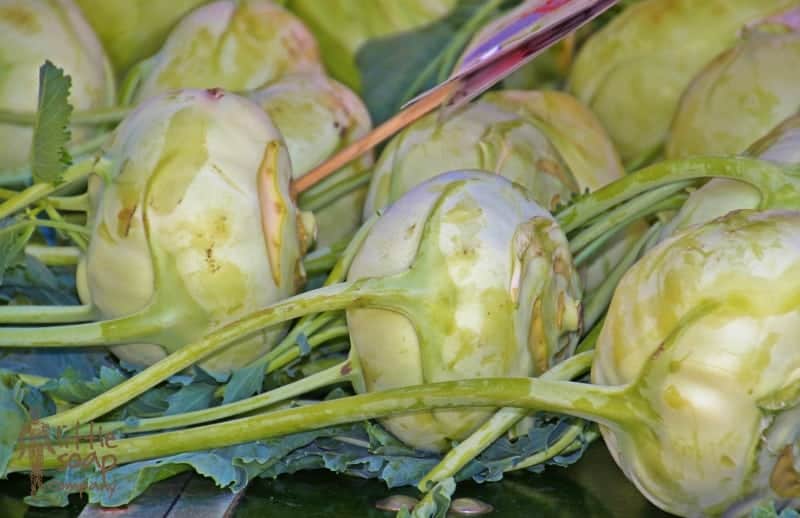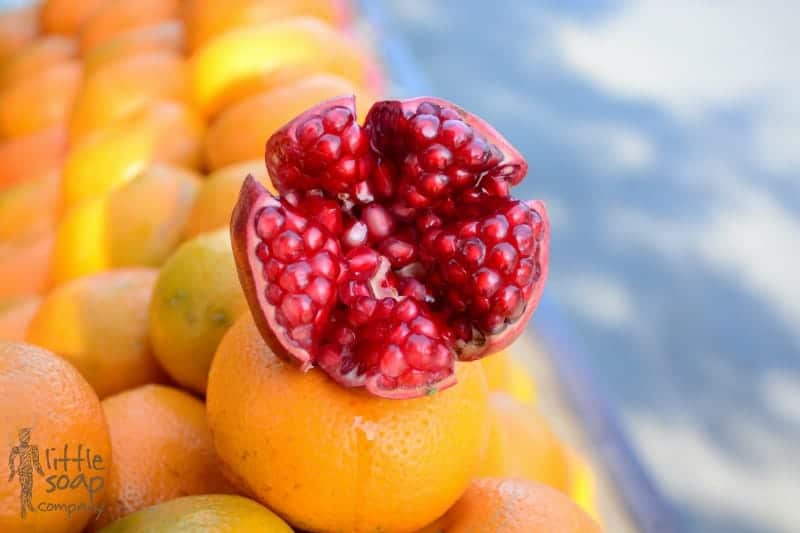Welcome to March! How we’re in the third month of 2017 is anyone’s guess, but here we are! So lets make the most of it, by making sure our grocery basket is bang on season and our bodies are thanking us for it. With a faint promise of spring in the air, March is the month of hope. Sunshine around the corner, warmer days ready to greet us, delicious new produce to select. Hoorah! Wo without further ado, here are three little super foods to eat in March. Enjoy!
Purple sprouting broccoli
We’ve long known the importance of cruciferous vegetables and now that the purple sprouting broccoli is in season, its time we let you in on the secret. Packed full of nutrients, organic compounds, minerals, and vitamins, broccoli is an excellent source of vitamin C, vitamin K, fibre, folate, potassium, selenium, vitamin A, manganese, tryptophan, vitamin B6, and phosphorus. This means it has some pretty wonderful super powers!
Studies have found broccoli to be helpful in the prevention of cancer, arthritis, eczema and rashes. It’s also known to be a great antioxidant which means your skin loves it. All that vitamin C and vitamin B complexes work hard to keep your complexion glowing, and the presence of glucoraphanin means that if you eat enough of this super food, it can actually help to reverse the negative effects of sun exposure. Pretty good, huh?
 Purple sprouting broccoli will also help to maintain a healthy digestive system, protect against heart disease, maintain eye health and bone health, help to lower blood pressure and to protect the immune system. NOW tell me you don’t like broccoli!
Purple sprouting broccoli will also help to maintain a healthy digestive system, protect against heart disease, maintain eye health and bone health, help to lower blood pressure and to protect the immune system. NOW tell me you don’t like broccoli!
How to eat it
Keep it simple. Trim any rough stems or thick leaves and then lightly steam. Serve with a squeeze of fresh lemon and enjoy!
Swede
It doesn’t look pretty on the outside, but it’s what it can do on the inside that matters. Swede is one of those under-represented super foods in our opinion, and one that we are determined you should try this month. Why are we so sure about the swede? Read on to find out!
The humble swede is not only versatile in the kitchen, but it packs a powerful punch in terms of nutrition too. Research shows that the inclusion of this root vegetable in your diet will help to improve your digestive health, boost your immune system, improve your metabolic function, lower your blood pressure, prevent certain forms of cancer, lower cholesterol levels, build and maintain bone health. Studies have been found it can also help you to lose weight. So it’s a pretty strong contender when it comes to super foods!
How does it do all of this? Thanks to high levels of manganese, potassium, phosphorous, magnesium, calcium, iron, and zinc. Swede is also a very good source of vitamin C, E, K, and some B vitamins too. All of this makes swede a great choice for those wanting to maintain digestive health, boost the immune system, maintain cardiovascular health, lower blood pressure and improve metabolic function in the body.
How to eat it
You have to try this beautiful swede and coconut daal from our friends at Abel & Cole. So delicious, and really different way to eat swede. Of course, roasted, boiled, mashed, steamed are all also  very good ways to eat it!
very good ways to eat it!
Pomegranate
We LOVE pomegranate here at Little Soap HQ and we think you should too. Read this article on how to grow your own, and let us know if you try it. And for those of you who prefer to leave the hard work to others, make sure that you pop one of these beauties into your basket this weekend. Why, you may ask? Well here are five reasons:
- They have anti inflammatory properties, which mean that they could also have anti ageing effects too.
- They can help you to lose weight, thanks to their ability to protect against metabolic disorders.
- They’re a strong antioxidant so your skin will thank you for eating them!
- They can help to maintain the function of the brain
- They’re rich in polyphenols with high-antioxidant properties, meaning they can protect heart health and help to reduce high blood pressure.
And, of course they taste blimmin’ delicious!
How to eat them
In a smoothie, of course! We love this recipe. All you need is
- Half a cup of water
- Half a fresh Pineapple, cubed
- Half a cup of pomegranate seeds
- Half an inch of fresh ginger, peeled
To make it, simply add all ingredients into a blender and go. Yum!

